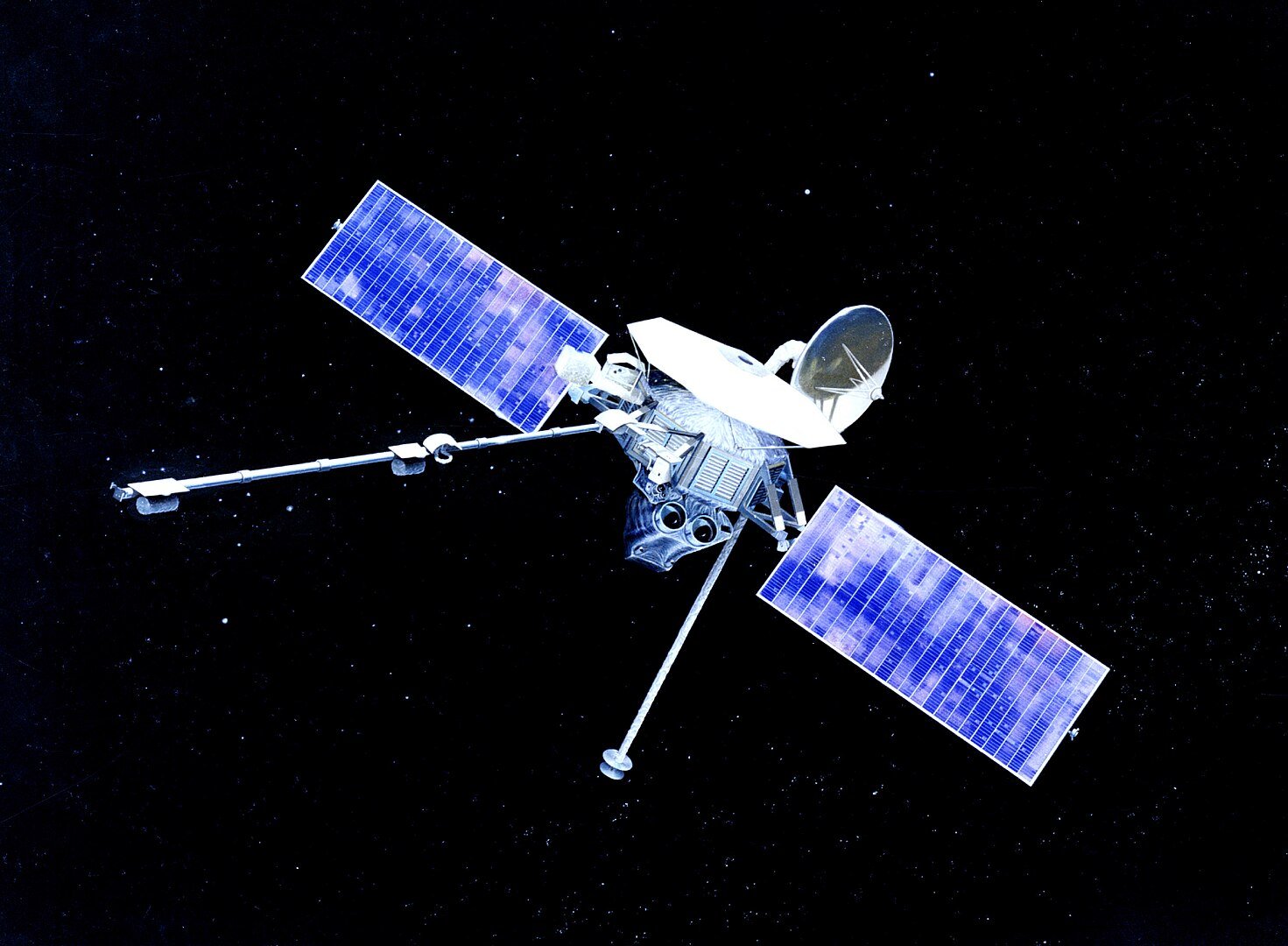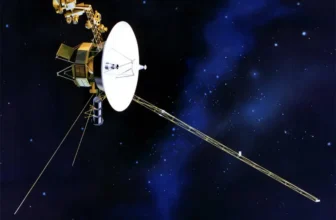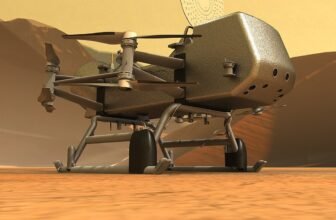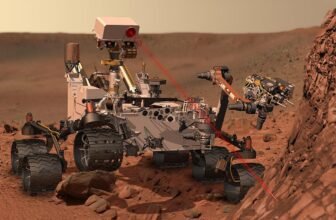
Exploring the Cosmos: The Story of Space Probes
When humans first looked up at the stars, they could only imagine what mysteries lay beyond the shimmering night sky. For centuries, we observed the heavens through telescopes and charted the movements of planets and stars. But everything changed with the birth of space exploration. Among the most groundbreaking tools humanity has ever developed for this endeavor are space probes, robotic explorers that have journeyed far beyond the reach of human hands to uncover the secrets of the solar system and beyond.
This is the story of space probes: their origins, their missions, their differences from satellites, the legends among them, and the continuing legacy they leave as humanity’s silent ambassadors in the cosmos.
Who Invented Space Probes?
The concept of a space probe evolved alongside the birth of the space age in the mid-20th century. While no single person can be credited with the invention of the space probe, it was a culmination of efforts by teams of engineers, scientists, and visionaries, particularly during the intense Cold War-era space race between the United States and the Soviet Union.
The Soviet Union was the first to launch a space probe. On January 2, 1959, they successfully sent Luna 1 into space, making it the first spacecraft to reach the vicinity of the Moon. Although Luna 1 missed its target and ended up orbiting the Sun, it was a historic moment, it marked the first time a human-made object had escaped Earth’s gravitational pull.
The United States followed soon after, with the launch of Pioneer 4 in 1959, which also flew past the Moon and into solar orbit. These early missions laid the foundation for the development of more advanced and targeted space probes.
While many great minds contributed to these efforts, figures like Sergei Korolev, the chief designer of the Soviet space program, and Wernher von Braun, a key architect of the U.S. space program, were instrumental in pushing forward the technologies that made space probes a reality.
What Are Space Probes Used For?
Space probes are robotic spacecraft designed to travel beyond Earth to collect data about celestial objects and environments. Unlike crewed spacecraft, they do not carry astronauts. Instead, they are equipped with scientific instruments to perform observations and send data back to Earth.
Here are the main purposes of space probes:
-
Planetary Exploration
Probes are sent to study the planets in our solar system, like Mercury, Venus, Mars, Jupiter, and Saturn, to analyze their atmospheres, magnetic fields, geology, and more. For example, NASA’s Mars rovers and orbiters have revealed much about the Martian climate and the possibility of past water. -
Lunar Missions
Space probes have helped us map the Moon, study its composition, and prepare for human landings. Modern probes continue to explore the Moon for future colonization and scientific research. -
Solar Observation
Some probes, like Parker Solar Probe, are sent close to the Sun to understand solar winds, flares, and how they impact the space weather near Earth. -
Asteroids and Comets
Probes like Rosetta (ESA) and OSIRIS-REx (NASA) have visited and even landed on or collected samples from asteroids and comets. These small bodies hold clues about the early solar system. -
Outer Solar System and Interstellar Space
Legendary probes like Voyager 1 and Voyager 2 have traveled beyond the outer planets and are now in interstellar space, continuing to send back data from unimaginable distances. -
Sample Return Missions
Some missions, like Hayabusa2 (JAXA) and OSIRIS-REx, are designed to bring material from other celestial bodies back to Earth for direct analysis. -
Mapping and Imaging
Probes map the surfaces of planets and moons, often in higher detail than Earth-based telescopes could ever achieve.
In essence, space probes are our eyes, ears, and hands in the cosmos, collecting data where humans cannot yet venture.
What Is the Most Famous Space Probe?
Though many space probes have made headlines, perhaps the most famous of all is Voyager 1.
Launched by NASA on September 5, 1977, Voyager 1’s original mission was to explore Jupiter and Saturn. It provided stunning images of the gas giants, including the first detailed views of Saturn’s rings. But its story didn’t end there.
Voyager 1 continued on a path that eventually took it out of the heliosphere, the bubble of solar wind that surrounds our solar system. In August 2012, it became the first human-made object to enter interstellar space.
What makes Voyager 1 even more remarkable is its Golden Record: a phonograph record carried onboard containing sounds and images from Earth, designed as a message to any potential extraterrestrial life. Curated by a team led by Carl Sagan, it includes greetings in 55 languages, music from around the world, and natural sounds like waves and bird calls.
As of today, Voyager 1 is more than 15 billion miles (24 billion kilometers) from Earth, and still transmitting data, albeit slowly. It’s expected to run out of power sometime after 2025, but its legacy will last for millennia.
What Is the Difference Between a Satellite and a Space Probe?
The terms “satellite” and “space probe” are sometimes used interchangeably, but they refer to different types of spacecraft with distinct functions and destinations.
| Satellite | Space Probe |
|---|---|
| Orbits a celestial body (usually Earth) | Travels through space, often on a one-way journey |
| Primarily used for communication, weather monitoring, Earth observation, or military purposes | Used for scientific exploration of space and celestial bodies |
| Operates in relatively close proximity to its target | Can travel vast distances, thousands to billions of kilometers away |
| May have a long service life and be serviced (e.g., Hubble) | Usually not recoverable and may have limited lifespan |
| Example: Hubble Space Telescope, GPS satellites | Example: Voyager 1, Mars Curiosity Rover |
So while both are robotic spacecraft, satellites typically remain near a planet or moon, while probes are explorers, venturing far from home.
How Many Space Probes Are Still Active?
As of 2025, dozens of space probes are currently active and operational across the solar system and beyond. The exact number fluctuates as new missions are launched and older ones retire. Here are some key examples:
-
Voyager 1 and 2 – Still transmitting data from interstellar space.
-
New Horizons – After its Pluto flyby in 2015, it continues to explore the Kuiper Belt.
-
Parker Solar Probe – Studying the Sun’s corona, making incredibly close passes.
-
Juno – Orbiting Jupiter since 2016, providing high-resolution data on its structure and atmosphere.
-
Perseverance Rover – Exploring Mars and collecting samples for future return missions.
-
Curiosity Rover – Still active on Mars since 2012.
-
OSIRIS-REx (now OSIRIS-APEX) – After delivering its asteroid sample, it’s en route to study another asteroid.
-
BepiColombo – On its way to Mercury (a joint ESA-JAXA mission).
-
Lucy – Launched in 2021 to explore Trojan asteroids near Jupiter.
-
Solar Orbiter – Joint ESA-NASA mission to study the Sun.
-
Chandrayaan-3 (ISRO) – Successfully landed on the Moon in 2023 and continues limited operations.
There are also several Earth-orbiting space telescopes like James Webb Space Telescope (JWST) and Hubble, which provide insights into deep space, though they are technically satellites rather than probes.
Interesting Facts About Space Probes
Here are some fascinating tidbits about these cosmic explorers:
-
Voyager 1 is the most distant human-made object ever created. It takes over 22 hours for a signal to reach Earth from it!
-
Rosetta was the first probe to orbit a comet and deploy a lander (Philae) to its surface in 2014.
-
Parker Solar Probe is the fastest human-made object, reaching speeds over 430,000 mph (700,000 km/h) as it slingshots around the Sun.
-
Mars is the most explored planet by probes, with dozens of missions since the 1960s.
-
The Galileo probe had to use a low-gain antenna due to a malfunction, drastically reducing its data transmission but still sending back valuable insights on Jupiter and its moons.
-
China’s Chang’e missions have returned Moon samples to Earth, and the upcoming Chang’e 6 aims to collect samples from the Moon’s far side.
-
JAXA’s Hayabusa mission was the first to bring back asteroid samples in 2010, despite multiple system failures during the journey.
-
Space probes often use gravity assists (slingshot maneuvers) from planets to gain speed and adjust course, Voyager, New Horizons, and Cassini all used this technique.
-
Some probes, like Viking 1 and 2, were designed not just to explore but to search for signs of life on Mars in the 1970s.
-
Space probes communicate using Deep Space Network (DSN), a system of large antennas located in California, Spain, and Australia to maintain contact across vast distances.
The Eternal Journey of Exploration
Space probes represent one of humanity’s greatest scientific achievements. Built with precision, purpose, and often limited budgets, these robotic emissaries have achieved what once seemed impossible, touching other worlds, flying through alien atmospheres, and even leaving the solar system entirely.
They are more than machines, they are storytellers, historians, and pathfinders. Through them, we’ve seen the swirling storms of Jupiter, the icy plains of Pluto, the dusty valleys of Mars, and the fiery corona of the Sun.
As technology advances, future probes will venture even further, perhaps one day reaching other star systems, continuing their mission long after we are gone. Their journey is a testament to our curiosity, ingenuity, and the eternal desire to explore.





